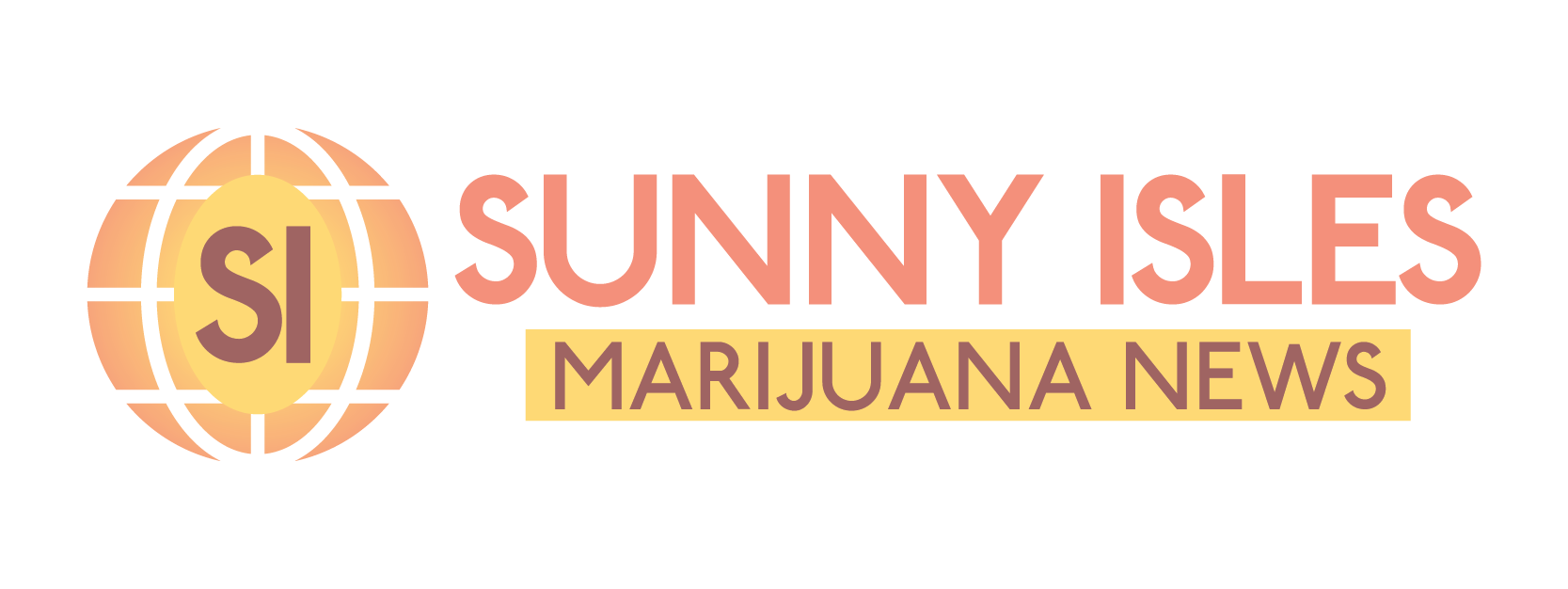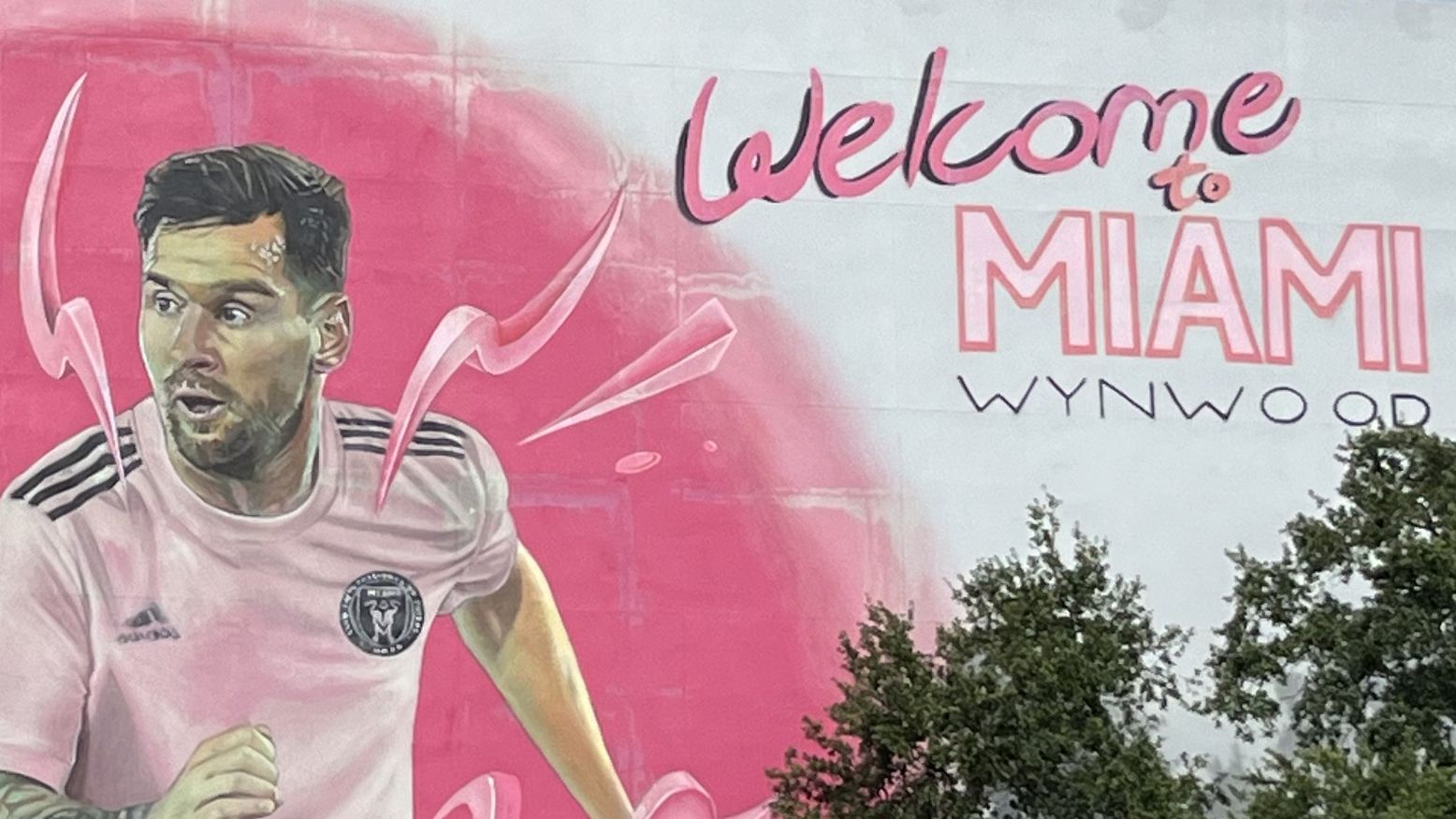In 2024, the cannabis industry continues to expand, but advertising and marketing remain heavily regulated, especially compared to other sectors. Whether it’s through social media, billboards, or online sales platforms, cannabis brands face unique challenges due to federal and state laws that govern how and where they can promote their products. While traditional industries enjoy broader advertising freedoms, the cannabis sector must navigate a web of rules that differ not only from other industries but also between states.
Federal Restrictions on Cannabis Advertising
At the federal level, cannabis is still classified as a Schedule I drug under the Controlled Substances Act. This makes it illegal on a national scale, leading to a lack of federal advertising guidelines for cannabis products. Consequently, cannabis companies face restrictions across traditional advertising platforms such as television, radio, and print media, as these outlets must comply with federal law.
Moreover, federal agencies like the Federal Communications Commission (FCC) prohibit the advertising of illegal substances, including cannabis. As a result, large broadcast networks generally do not run cannabis-related advertisements.
Source: FCC.gov
State-Level Cannabis Advertising Laws
Since cannabis legality varies state by state, the regulations on advertising also differ. States where recreational and medical cannabis are legal, such as California, Colorado, and Illinois, often allow cannabis advertising, but with specific limitations:
- California: The Bureau of Cannabis Control (BCC) permits advertising only if at least 71.6% of the audience is reasonably expected to be over the age of 21. Ads cannot be placed within 600 feet of a school, daycare, or youth center. In addition, companies cannot make false claims about health benefits or market to minors.
- Colorado: Advertising is restricted in public places and requires specific messaging about responsible use. Colorado has also banned ads that glamorize cannabis or appeal to children.
- Illinois: Cannabis ads must not promote over-consumption, make health claims, or target individuals under 21. There are restrictions on advertising in proximity to schools and playgrounds.
Source: California Bureau of Cannabis Control | Colorado Marijuana Enforcement Division | Illinois General Assembly
Social Media and Digital Advertising Restrictions
Marketing cannabis on social media presents a unique challenge, as platforms like Facebook, Instagram, and Google follow federal guidelines and prohibit the advertising of cannabis or cannabis-related products. Despite cannabis being legal in certain states, these tech giants are reluctant to allow cannabis businesses to run paid advertisements.
For example:
- Facebook and Instagram do not allow direct cannabis promotions, and accounts posting cannabis-related content often face shadowbanning or account restrictions.
- Google Ads strictly prohibits the promotion of cannabis, cannabis-related products, and any services related to the cannabis industry.
However, many brands have found creative ways to work around these restrictions. By focusing on organic content such as education, wellness information, and brand stories, companies build community engagement without directly promoting the sale of cannabis. Cannabis influencers and bloggers also play a significant role in spreading brand awareness while adhering to platform guidelines.
Source: Facebook Ads Policies | Google Ads Policies
Advertising on Cannabis-Specific Platforms
Because mainstream platforms restrict cannabis advertising, companies often turn to cannabis-specific media outlets. Websites like Weedmaps, Leafly, and High Times offer advertising space tailored to the cannabis industry. These platforms allow businesses to reach targeted audiences without the legal complications of using traditional advertising or mainstream social media.
- Weedmaps and Leafly allow brands to advertise dispensaries, products, and services while providing useful educational content for consumers.
- High Times focuses on promoting cannabis culture and also offers advertising opportunities for cannabis brands in markets where it’s legal.
Source: Weedmaps Advertising | Leafly Advertising | High Times
To Date
Advertising in the cannabis industry remains a complex challenge due to the patchwork of state regulations and federal restrictions. Cannabis brands must navigate strict rules on marketing their products, especially when using traditional and digital platforms like social media. However, by focusing on organic content and utilizing cannabis-specific platforms, businesses can reach their audience while staying within the bounds of the law. As the cannabis industry evolves, so too will the advertising landscape, with potential shifts as federal legalization discussions continue.
Sources:



